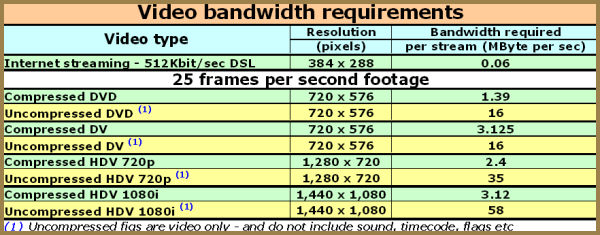More than just a graphics bus
But graphics cards aren't the only adaptors needing more bandwidth than is available over PCI. Gigabit Ethernet has a maximum throughput of 125MByte/sec in each direction, so can max out PCI on its own.That's why Intel’s integrated Gigabit Ethernet controllers already use Communications Streaming Architecture - a non-PCI bus connection found on numerous workstation and server motherboard chipsets, including 865 and 875.
Some storage add-ons also require more bandwidth than PCI can provide. Even the previous generation of SCSI (Ultra160) had a theoretical maximum of 160MByte/sec, while the latest, Ultra320, has doubled this – far in excess of what PCI can deliver.
The Serial ATA disk-drive channel is potentially too fast for PCI as well. A single-drive Sata channel on its own is rated at 150MByte/sec, and most Sata PCI adapter cards have two or more channels.
However, no current hard disk requires anywhere near this much bandwidth. Even Western Digital’s Raptor, a massively fast 10,000rpm enterprise Sata drive, offers average throughput of "only" 65MByte/sec - less than half of Sata's theoretical maximum.
For video, the amount of bandwidth required is a problem, too. Although compressed DV only requires 3.6MByte/sec, the video doesn’t remain compressed during editing.
Most editing systems have to uncompress the video to single frames before applying any kind of effects processing. This brings the data rate up to around 20MByte/sec per video stream – and editing systems intended to handle uncompressed standard-definition footage start off with this throughput requirement.

with the advent of HDV, PCI is just not fast enough anymore
The arrival of HDV camcorders might mean greatly improved picture resolution but it also compounds the bandwidth problem. Uncompressed, the video in each stream of 25-frames-per-second 720p HDV requires a bandwidth of about 35MByte/sec – and that ignores audio, timecode data, flags and other stuff that also needs to be punted around. With 25fps/50-field 1,080i HDV, the figure rises to 58MByte/sec – and, remember, this is for a single stream.










